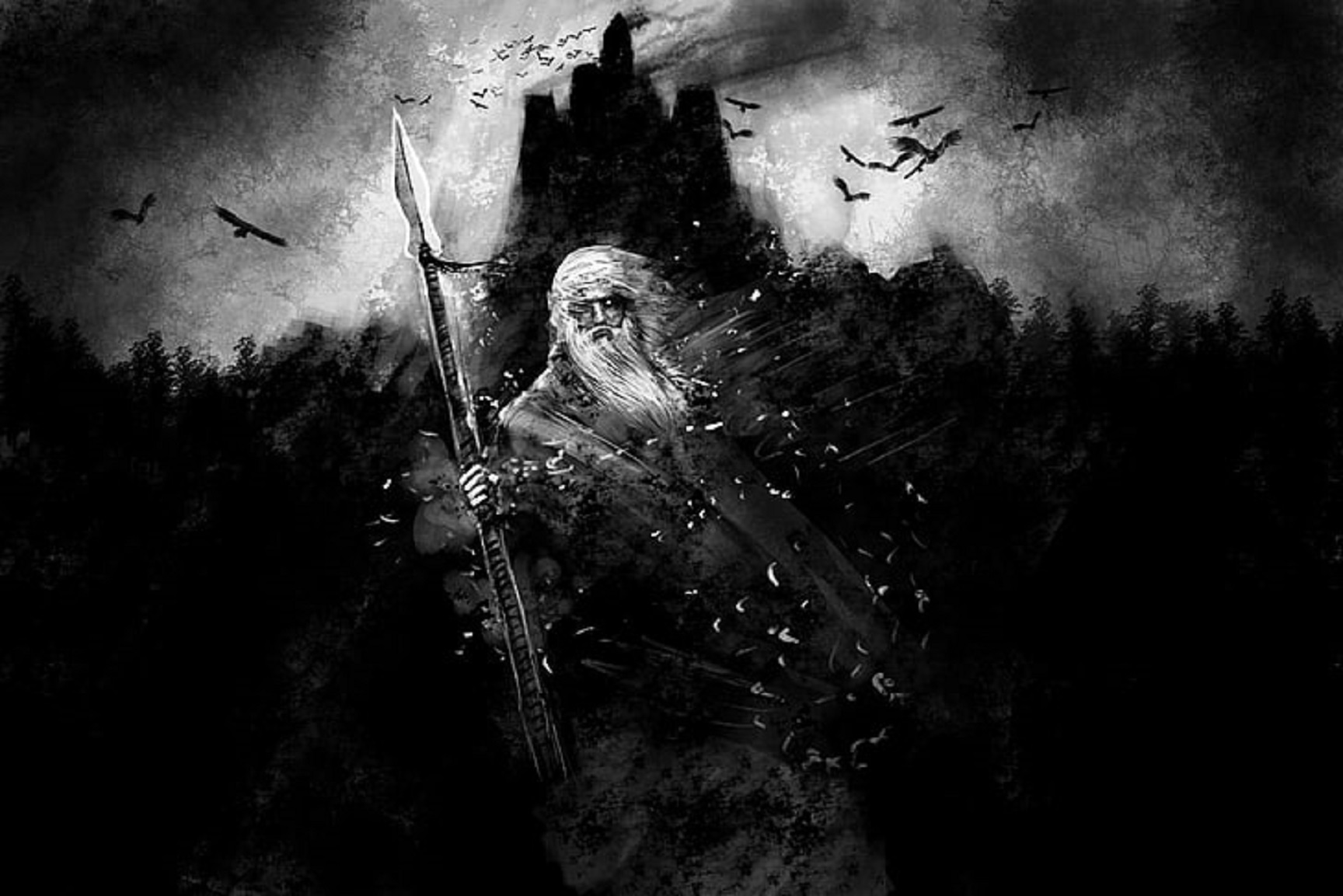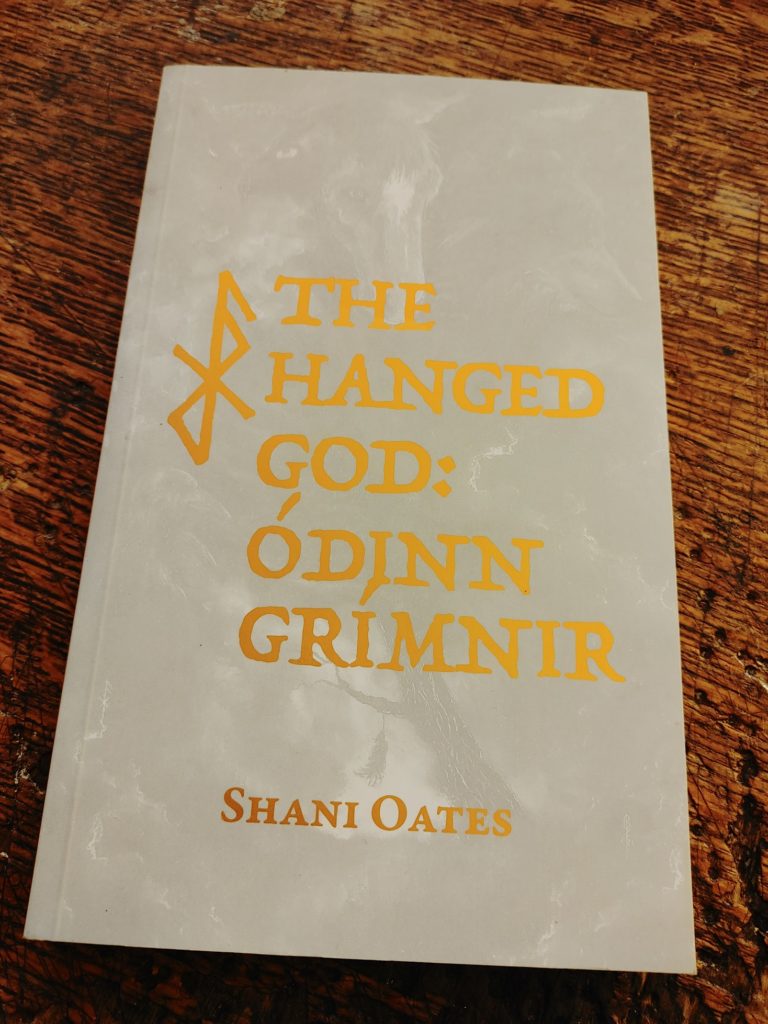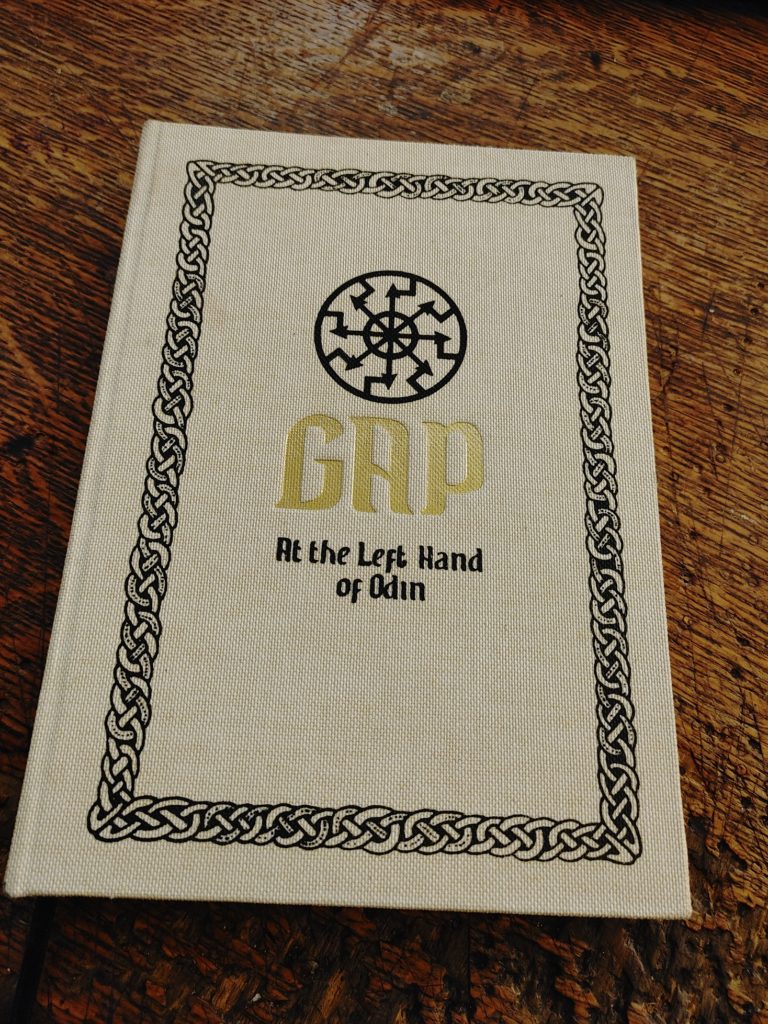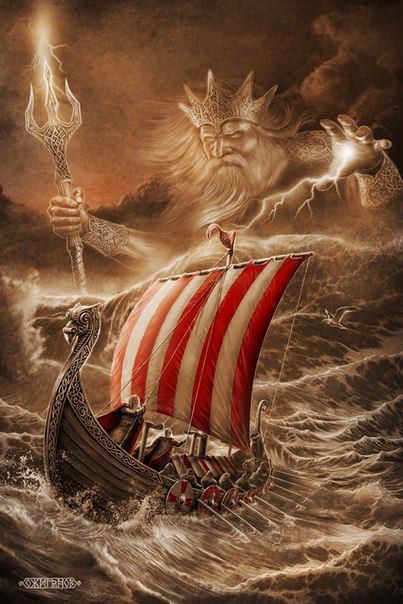
Today’s blog post I want to briefly discuss and share with you two books from my personal library that dive into the lesser know side and path of Odinn the Allfather of the Norse Gods and Goddesses. A lot look at Odinn as either this fierce warrior God or the cloaked wise old wanderer. Many tales of his light wisdom can be found in the words of the Hávamál and other works. What seems by most to be ignored or perhaps just not recognized is the “dark” or left-hand side of Odinn. This does not mean bad or evil but more of the other side of the path most cringe from. The more chaotic and primal side, which is where I am spiritually primarily. So when I came across these two books below I was absolutely fascinated by them both. They only gave me a deeper understanding of my nontraditional spiritual path specifically with how I have understood there was a side of Odinn I needed to dive deeper into. I have spoken on this for many years and that is the essential of balance in spirituality. If one only basks in the light they will be blind in the dark. To only remain in thee dark one will be blinded by the light. So learning this side of Odin and reading other’s perspectives regarding him is one I always highly recommend.

The Hanged God:
Óðinn Grímnir by Shanti Oates
Challenging former atrophied or outdated knowledge regarding Óðinn’s acquisition of the runes and the mead of poetry, this extensive and intense study revisits Hávamál, Vǫluspá, Skáldskaparmál, Grímnismál, Heimskringla and Ynglinga Sagas specifically, to unravel and reconnect crucial factors that collectively reveal a magical formula for rebirth and resurrection. These kennings have preserved the threads of mysteries pertaining to Rúnar entrenched in Taboo. Óðinn’s quest of discovery takes him through three historically attested trials as Rites of Passage that find parallel forms in other animistic traditions. His ordeals of Mound, Tree and Sacral Kingship together with an articulation of the role of Hamingja are hitherto connected. Continue reading HERE.
Get your copy at ANATHEMA PUBLISHING LTD.

Gap: At the Left Hand of Odin by Askr Svarte
This Path is different from the standard, main-stream Right-Hand approach to Paganism because it does not recognize the positive evaluation of modern times and the modern reality surrounding us: its negative impact on the state of Norse traditions and its worldview is excessively large. This new Path does not accept the trunk of the teachings belonging to the Right-Hand Path, although without denying their expertise and contribution to the common cause. Thus, the Left-Hand Path attempts to open and question all that which until today has not been open to our tradition, that which is in the shade and is closer and deeper to the Iron Age we live in. This vision is based on known historical heritage and traditions, contemporary thinking and experiences, including some pretty interesting attempts to describe the Left-Hand Path in Oðinnism in the West since the mid-twentieth century.
Gap: At the Left Hand of Odin consists of three Mal (sayings, speeches from the Eddas):
• Sayings of the Gangraðr, on behalf of Oðinn Gangraðr – Advisor in the Path. In these speeches it is revealed the promise and the doctrine of the Abyss in Oðinnism, and we deal with questions of thinking and transgression.
• Sayings of the Vegtamr, on behalf of Oðinn Vegtamr – Accustomed to the Path. In these speeches instructions are given about the ritual practice in line with the spirit and the promise of teaching.
• Sayings of the Kvasir, in honor of the wisest of men. In these speeches one will find the texts that are not included in the main body, but that are one way or another connected with the Path, such as dreams and thoughts.
I purchased my copy published by Fall of Man and I believe is out of print which means you would have to find a second hand copy.



















